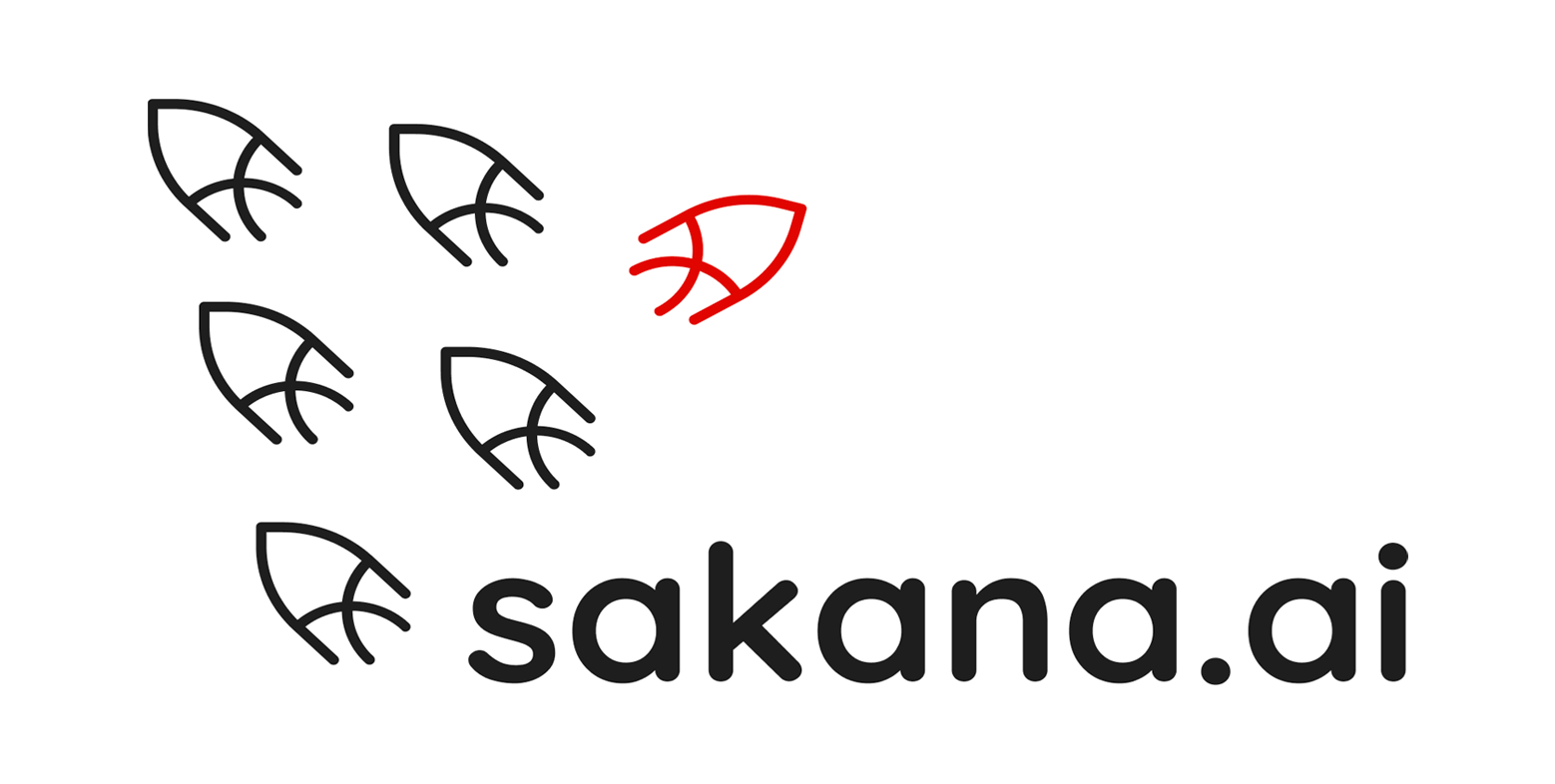 AI
AI
 AI
AI
 AI
AI
Sakana AI, an artificial intelligence startup based in Tokyo, Japan that takes inspiration from the way that animals such as fish and birds work together, today announced it has raised $30 million in seed funding to build smaller and more agile AI models.
The seed funding round was led by prominent venture capital firms Lux Capital and Khosla Ventures, both of which are well-known for their history of investments in the AI industry. The venture capital arms of telecom giants Nippon Telegraph and Telephone Corp. and KDDI Corp. as well as Sony Corp. also participated in the round.
Sakana’s name comes from the Japanese word for fish, and the company’s logo includes a group of black fish, including a red one swimming away. As other companies work on bigger and more complex large language models, the company has been operating on the idea that biomimicry, or looking at how groups of animals such as fish, bees, ants and birds collaborate can help make smaller models.
Launched in August, Skana is co-founded by Chief Executive David Ha, who previously held the position of head of research at Stability AI Ltd., the developer of the open-source Stability Diffusion image generation model. Ha also led Google LLC’s research group in Japan. Company co-founder Llion Jones co-authored the 2017 research paper entitled “Attention Is All You Need,” which laid the groundwork for generative AI models by introducing the architecture for transformers – which is the core component of large language models such as OpenAI’s ChatGPT chatbot.
Using what the company calls ideas from nature such as “collective intelligence” and evolution, it intends to engineer smaller AI models that can collaborate in a swarm. This is in contrast to the ever-increasing size of LLMs that have scaled up in complexity to overcome problems such as holding conversations, answering questions and summarizing documents.
In terms of natural intelligence, this would be similar to the way that an ant colony uses many individuals to approach a common goal. For example, they break up a large task amongst many smaller agents or actors so that it can be performed with greater efficiency and agility than a single large and cumbersome model.
“There is room to develop new approaches and ideas to AI,” Ha said in an interview with Nikkei Asia.
By headquartering in Tokyo, Ha added, Sakana can attract expertise from Japan’s pool of top AI talent and foster innovation in the region. The company would first focus on Asian markets and announced a research partnership with NTT in November. NTT intends to deploy a Japanese language LLM named “tsuzumi” in March and will work with Sakana on its development.
“Sakana AI being based in Japan with a first focus on Asian markets is unique and important,” said Josh Wolfe, co-founder and managing partner at Lux Capital. “In an increasingly complex world, Asia needs and will have an influential new AI trailblazer, and Japan, a powerful democratic nation and a great ally of the U.S., is poised to be that leader.”
Support our mission to keep content open and free by engaging with theCUBE community. Join theCUBE’s Alumni Trust Network, where technology leaders connect, share intelligence and create opportunities.
Founded by tech visionaries John Furrier and Dave Vellante, SiliconANGLE Media has built a dynamic ecosystem of industry-leading digital media brands that reach 15+ million elite tech professionals. Our new proprietary theCUBE AI Video Cloud is breaking ground in audience interaction, leveraging theCUBEai.com neural network to help technology companies make data-driven decisions and stay at the forefront of industry conversations.